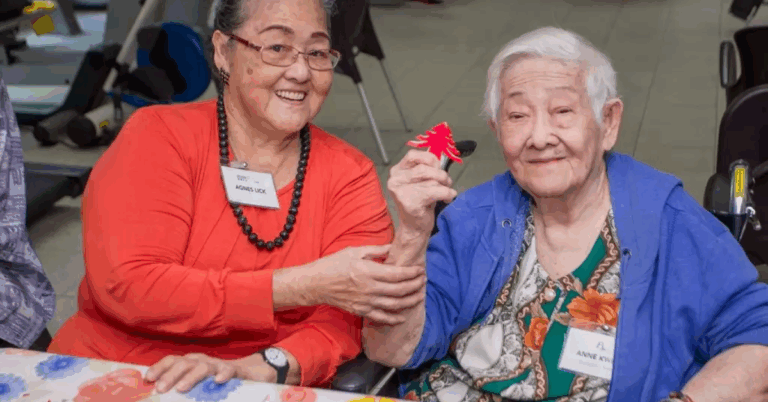The Role of Digital Therapeutics in PTSD Management: Virtual Reality Exposure Therapy for Trauma Processing
Digital therapeutics have emerged as a promising tool in the management of PTSD, offering innovative ways to deliver evidence-based interventions to individuals suffering from this debilitating condition. These interventions typically involve the use of mobile apps, online programs, and other digital platforms to provide therapeutic support and guidance to individuals struggling with PTSD symptoms.
One of the key advantages of digital therapeutics in the management of PTSD is the accessibility and flexibility they offer to individuals seeking treatment. Through digital platforms, individuals can access therapy and support at their convenience, reducing barriers to seeking help and increasing the likelihood of engagement in treatment. Additionally, digital therapeutics can be tailored to individual needs, providing personalized interventions that address specific symptoms and challenges associated with PTSD.
• Digital therapeutics offer innovative ways to deliver evidence-based interventions for PTSD
• Accessibility and flexibility are key advantages of digital therapeutics in PTSD management
• Individuals can access therapy and support at their convenience through digital platforms
• Personalized interventions can be tailored to individual needs with digital therapeutics
What is Virtual Reality Exposure Therapy?
Virtual Reality Exposure Therapy (VRET) is a cutting-edge treatment method that utilizes virtual reality technology to immerse individuals in simulations of environments or situations related to their traumatic experiences. By recreating these triggering scenarios in a controlled setting, VRET aims to help patients confront and process their traumatic memories in a safe and gradual manner.
Through this exposure process, individuals with Post-Traumatic Stress Disorder (PTSD) can gradually desensitize themselves to the stimuli that provoke anxiety or distress. By providing a sense of presence and realism, virtual reality environments can evoke emotional responses similar to those experienced in real-life situations, enabling therapists to guide patients through the process of confronting and reprocessing their traumatic memories effectively.
Understanding Trauma Processing in PTSD
Trauma processing in PTSD refers to the complex psychological mechanism through which individuals with post-traumatic stress disorder process and integrate traumatic experiences. This process involves a series of cognitive and emotional responses that aim to help the individual make sense of the traumatic event and its repercussions on their mental health. It often involves revisiting and restructuring the memory of the traumatic event in order to reduce its emotional intensity and associated symptoms.
Individuals coping with PTSD may experience difficulties in effectively processing traumatic events, leading to persistent distress and avoidance behaviors. The process of trauma processing is crucial in facilitating emotional healing and recovery from PTSD symptoms. Without proper processing of the traumatic event, individuals may remain stuck in a cycle of distress and intrusive memories, hindering their ability to move forward and regain a sense of safety and control.
How can digital therapeutics help in managing PTSD?
Digital therapeutics can provide accessible and personalized treatment options for individuals with PTSD, including interventions such as virtual reality exposure therapy.
What is Virtual Reality Exposure Therapy?
Virtual Reality Exposure Therapy (VRET) is a form of therapy that uses virtual reality technology to simulate traumatic experiences in a controlled environment, allowing individuals to gradually confront and process their trauma.
What is trauma processing in PTSD?
Trauma processing in PTSD refers to the cognitive and emotional processes involved in revisiting and working through traumatic memories in order to decrease the distress and symptoms associated with the trauma. This can be achieved through various therapeutic techniques, such as exposure therapy and cognitive-behavioral therapy.







